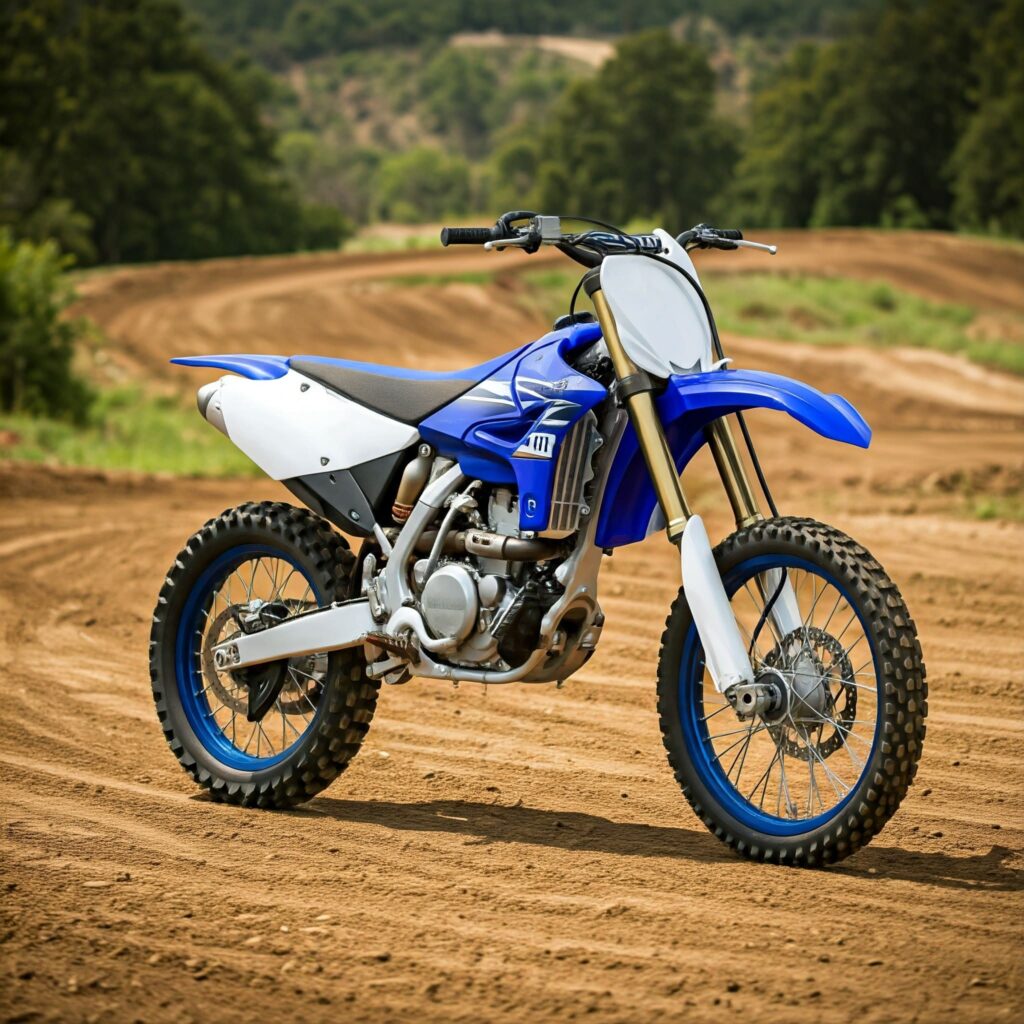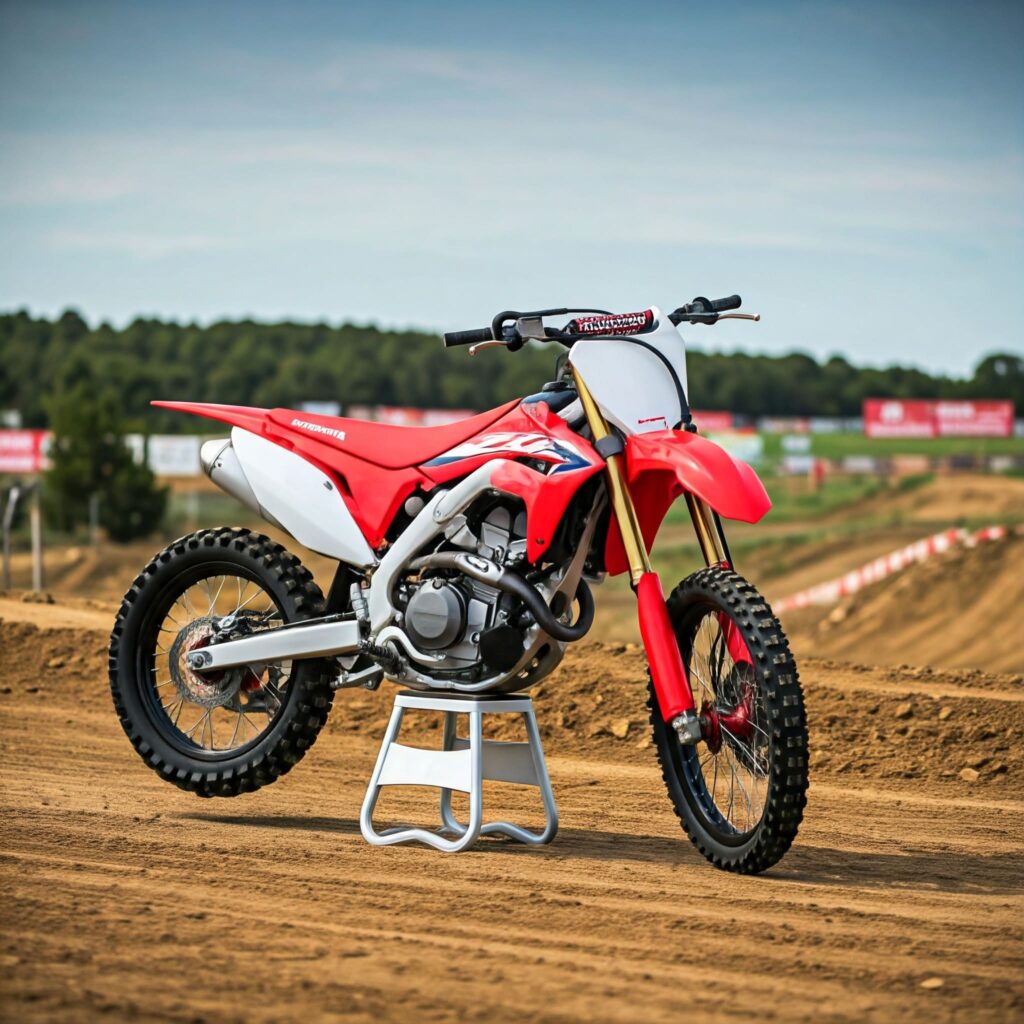Maintaining the right coolant in your dirt bike is critical for optimal performance and engine protection. This guide explores the role of coolants, essential features to consider, and comparisons of leading products to help you make an informed decision.
Why Dirt Bike Coolant Matters
The cooling system in a dirt bike plays a crucial role in managing the heat generated by the engine. Without effective cooling, engines risk overheating, causing components like pistons or cylinder heads to expand excessively, potentially leading to friction damage, head gasket leaks, or even engine failure.
Coolants work by absorbing heat and transferring it to the radiator, where it dissipates into the air. Most dirt bike coolants are formulated with materials such as ethylene glycol for efficient heat transfer and resistance to high temperatures. Additionally, quality coolants prevent corrosion, which is vital given the lightweight, corrosion-sensitive metals like aluminum frequently used in modern dirt bike engines.
For a more in-depth look at the importance of effective cooling in maximizing engine performance, Motocross Action Magazine provides valuable insights into the science behind cooling systems and why they matter in high-performance dirt bikes.
Key Features to Consider When Selecting Dirt Bike Coolant
- Temperature Control
- High-boil protection to prevent overheating even under extreme conditions.
- Low-freeze properties to protect engines in colder temperatures.
- Corrosion Resistance
- Prevents rust and protects critical engine components, especially aluminum, copper, and magnesium.
- Environmental Considerations
- Certain coolants now provide biodegradable or less environmentally harmful formulations.
- Compatibility
- Ensures safe integration with a wide range of engines and cooling systems.
- Ease of Use
- Pre-mixed options reduce the risk of improper mixing and simplify maintenance.

Detailed Comparison of Leading Dirt Bike Coolants
1. MAXIMA Coolanol
MAXIMA Coolanol is a high-performance coolant formulated for extreme conditions, ensuring both engine safety and efficiency.
Key Features:
- Pre-mixed: Combines pure, deionized water for optimal heat-transfer performance.
- Temperature Stability: Helps maintain steady engine temperatures for consistent horsepower.
- Corrosion Protection: Strong resistance to rust, cavitation, and general wear.
- Environmentally Friendly: Fully biodegradable in unused form.
- Compatibility: Easily integrates with most OEM glycol-based coolants.
2. Engine Ice High-Performance Coolant
Designed with versatility in mind, Engine Ice is formulated to perform across multiple terrains and vehicle types.
Key Features:
- High-Temperature Protection: Boil-over resistance up to 253°F.
- Low-Freezing Protection: Prevents freezing down to -2°F.
- Organic Acid Technology (OAT): Provides excellent cooling and reduced scale/deposit formation.
- Environmentally Friendly: Biodegradable and phosphate-free formulation.
- Convenient Packaging: Offered in easy-to-use 1/2 gallon pre-mixed bottles.
3. AMSOIL Powersports Antifreeze & Coolant
This advanced coolant offers a robust formulation specifically engineered for powersports applications, including dirt bikes, ATVs, and more.
Key Features:
- Pre-mixed: 50/50 blend of ethylene glycol and high-purity water, ready to use without dilution.
- Long-lasting Protection: Features extended service life of up to five years.
- Additive-Free: Contains no borates, nitrites, or phosphates.
- OEM Compatibility: Meets ASTM D3306 and D4985 industry standards.
- Corrosion Resistance: Protects aluminum, brass, and copper engine components.
- Temperature Performance:
- Boil-over protection up to 226°F (108°C.)
- Freeze protection down to -34°F (-37°C.)
Applications:
Suitable for on-road motorcycles, off-road dirt bikes, ATVs, UTVs, snowmobiles, and personal watercraft.
Usage Guide:
- Pre-mixed—do not add water.
- Ensure the engine is cool before checking or adding coolant.
- Dispose of properly, adhering to local regulations.
Maintenance Tips for Dirt Bike Coolants
- Routine Checks: Inspect coolant levels regularly, especially before long rides or competitions.
- Follow Manufacturer Guidelines: Adhere to the replacement intervals specified in your owner’s manual.
- Avoid Mixing Different Brands: Stick to a single coolant type to maintain chemical integrity and performance.
- Proper Disposal: Coolant is hazardous; ensure responsible disposal following local regulations.

FAQs
1. How often should I replace my dirt bike coolant?
Follow your manufacturer’s guidelines, which often recommend replacement every 1–2 years or as dictated by operating conditions.
2. What happens if my coolant level is too low?
Low coolant levels reduce the system’s ability to transfer heat, leading to potential overheating and engine damage.
3. Can I use car coolant in my dirt bike?
While car coolants may work in some situations, dirt bike-specific coolants are formulated for the unique demands of powersports engines, including lightweight metals like aluminum and magnesium.
4. What is the benefit of pre-mixed coolant?
Pre-mixed options provide optimal concentration for heat transfer and eliminate the risks associated with improper dilution.
Explore Coolant Options Further
To learn more about high-performance dirt bike coolants, visit the MAXIMA Coolanol page, the Engine Ice High-Performance Coolant page, and the AMSOIL Powersports Antifreeze & Coolant page.
